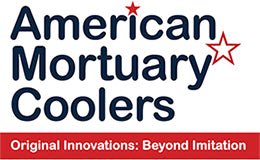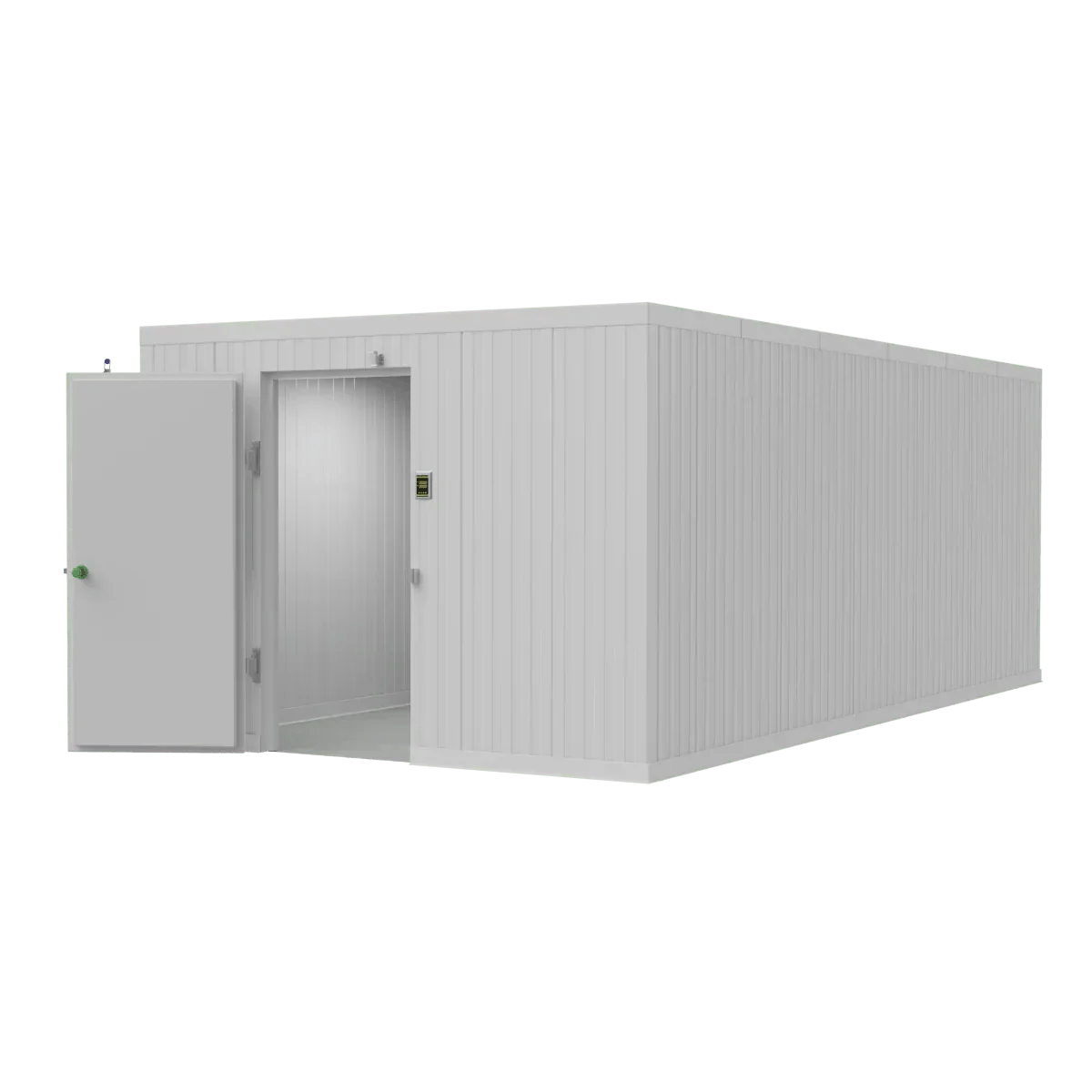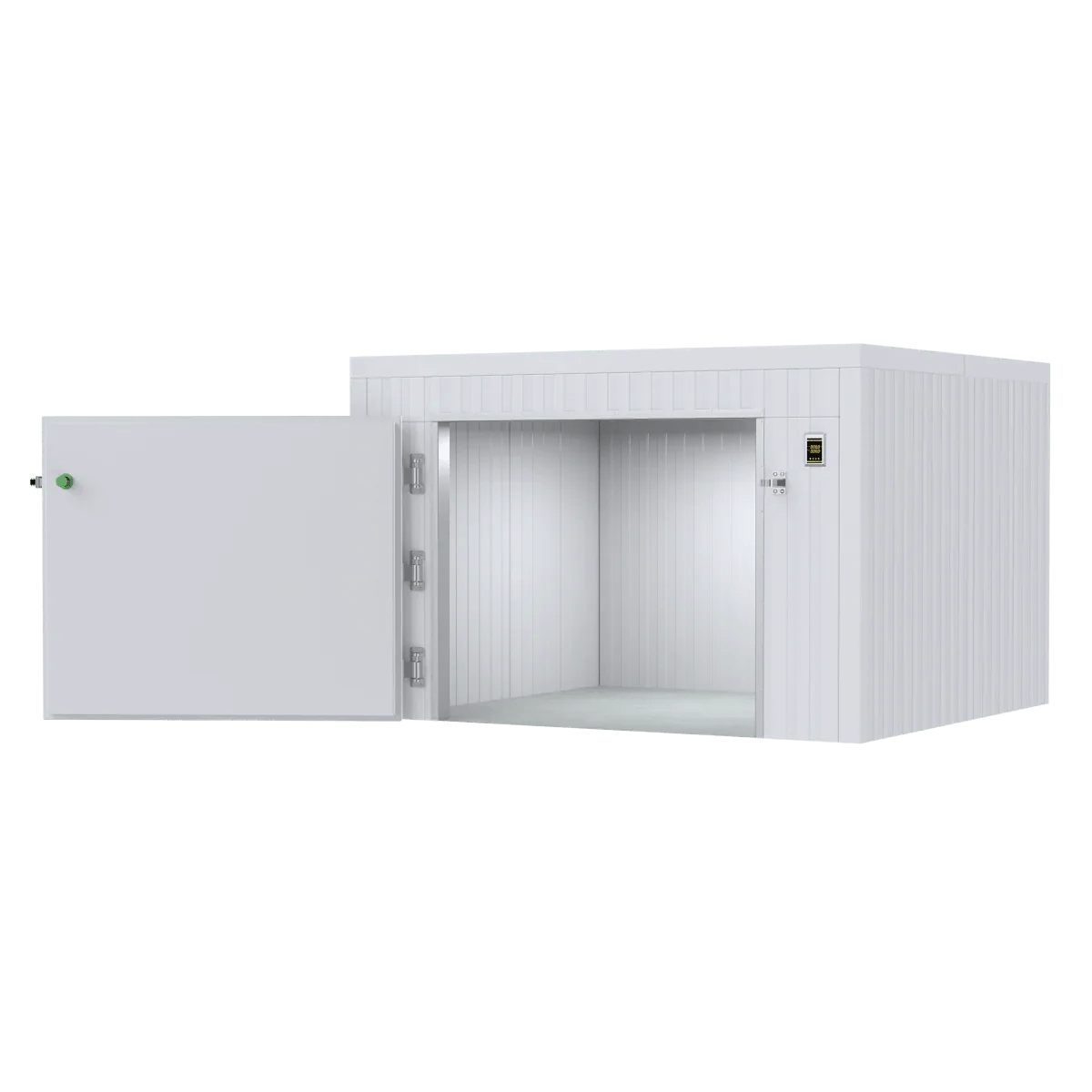The Indispensable Casket Lift: Elevating Safety, Dignity, and Efficiency in Funeral Service
In the demanding environment of a modern funeral home, every piece of mortuary equipment plays a vital role in ensuring respectful care for the deceased and the safety of funeral professionals. Among these essential tools, the casket lift stands out as a foundational component, revolutionizing the way heavy loads are managed. No longer a luxury, a high-quality casket lift is now recognized as an indispensable asset, elevating operational efficiency, safeguarding staff, and maintaining the dignity central to funeral service.
The manual handling of caskets, which can weigh anywhere from 60 pounds for a lightweight cremation container to over 400 pounds for an ornate solid wood or metal casket (plus the weight of the deceased, which can bring the total to 500-800+ pounds, or even more for bariatric cases), poses significant physical risks. Back injuries, muscle strains, and repetitive stress injuries have historically been prevalent in the funeral profession. A robust casket lift directly addresses these challenges, providing a mechanical advantage that transforms strenuous, multi-person tasks into safe, single-operator procedures.
Why Every Funeral Home Needs a Modern Casket Lift
The benefits of integrating a modern casket lift into your operations extend far beyond merely moving heavy objects. They touch upon core aspects of professionalism, safety, and business sustainability:
Prioritizing Staff Safety and Well-being
This is arguably the most critical advantage. By eliminating the need for manual heavy lifting, a casket lift drastically reduces the risk of musculoskeletal injuries among funeral home staff. This not only protects your valuable team members but also lowers workers' compensation claims, reduces absenteeism, and fosters a healthier, more sustainable work environment. Staff feel valued when their employer invests in equipment that prioritizes their physical health.
Upholding Dignity and Respect
The controlled, smooth, and precise movements offered by a quality casket lift ensure that caskets and remains are handled with the utmost care and respect at all times. This gentle handling reinforces the professionalism of your service and provides peace of mind to grieving families, knowing their loved one is treated with dignity throughout the process. It eliminates the potential for awkward, strained, or uncontrolled movements that could inadvertently detract from the solemnity of the moment.
Enhancing Operational Efficiency
A good casket lift streamlines workflows significantly. Tasks that once required two, three, or even four people—such as transferring a casket from a delivery vehicle, moving it to a preparation room, positioning it onto a display bier, or loading it into a chapel—can often be managed safely and efficiently by a single operator. This frees up valuable staff time for other essential duties, optimizes labor allocation, and improves the overall responsiveness of your funeral home.
Maximizing Space and Versatility
Modern casket lifts are designed with the practicalities of funeral home layouts in mind. Portable models offer flexibility, allowing a single casket lift to be used in multiple areas of the facility. Some units also feature adjustable heights and multi-directional capabilities, making it easier to interface with different vehicles, preparation tables, refrigeration units, or display equipment. This versatility can help optimize smaller spaces and improve the flow of operations.
Types of Casket Lifts: Finding the Right Fit for Your Facility
The market offers various types of casket lifts, each designed to meet specific needs and operational environments:
Hydraulic Casket Lifts
These lifts use hydraulic fluid and a pump mechanism to raise and lower the platform. They can be manually operated (using a foot pedal or hand pump) or electrically powered. They are often robust, provide smooth and controlled lifting, and can handle significant weight capacities. Manual hydraulic models can be more affordable upfront.
Electric Scissor Lifts
These are battery-operated or plug-in lifts that use an electric motor to power a scissor-style lifting mechanism. They offer push-button operation, requiring minimal physical effort from staff. They often have faster and more consistent lifting speeds, and some models include programmable height settings for frequently used positions. Battery models provide excellent mobility.
Portable / Mobile Casket Lifts
Many hydraulic and electric models are designed to be highly mobile, featuring high-quality casters with robust braking systems. They offer immense flexibility, allowing a single casket lift to serve multiple rooms or areas within the funeral home. They can be easily positioned wherever needed.
Vertical Reciprocating Conveyors (VRCs) / Fixed Casket Lifts
These are more permanent, elevator-like installations designed to move caskets between different floor levels within a building. They are not rated for passengers. They provide a dedicated, efficient, and safe solution for multi-story facilities, eliminating ramps or manual carrying between floors. They often come with various entry/exit configurations, such as straight-through, 90-degree, or same-side.
Key Features to Prioritize in a High-Quality Casket Lift
When selecting a casket lift for your funeral home, look beyond basic lifting capability. The best units incorporate features that enhance safety, durability, and user experience:
-
Robust Weight Capacity: Ensure the lift can comfortably handle your heaviest anticipated loads, including bariatric cases. Look for models with a capacity of at least 800-1000 lbs, with some specialized units going higher. A good rule of thumb is to choose a lift with at least 20% more capacity than your expected maximum need.
-
Durable Construction Materials: Stainless steel is highly recommended for its strength, corrosion resistance, and ease of cleaning, especially for surfaces that may come into contact with fluids.
-
Smooth, Precise Movement: The lift should operate quietly and smoothly, without jarring motions, to ensure dignified handling. Hydraulic and well-engineered electric systems excel here.
-
Adjustable Height Range: Look for a lift that can lower to a very low profile (for easy loading from cots) and raise to a comfortable working height for embalming tables, display biers, or refrigeration units.
-
Safety Mechanisms: Essential features include overload protection to prevent lifting beyond capacity, locking wheels or floor locks to stabilize the unit during loading and unloading, emergency stop buttons on control stations, battery indicators for electric models to prevent unexpected power loss, and automatic locks or brakes to hold the platform securely at any height.
-
Maneuverability: High-quality, multi-directional casters are vital for easy navigation in potentially tight spaces.
-
Easy-to-Use Controls: Intuitive hand pendants or control panels simplify operation and reduce the learning curve for staff.
-
Maintenance Considerations: Opt for units that are easy to clean and maintain, with accessible components for routine servicing.
The Long-Term Value of Investing in a Casket Lift
The initial investment in a quality casket lift is quickly offset by the tangible benefits it brings. Reduced worker injuries lead to lower healthcare costs and insurance premiums. Increased efficiency means staff can focus more on providing compassionate service to families, enhancing your funeral home's reputation. The consistent use of specialized mortuary equipment also elevates your facility's professionalism, demonstrating a commitment to the highest standards of care.
Furthermore, a durable casket lift is a long-term asset. Its robust construction ensures years of reliable service, making it a cost-effective choice in the long run compared to cheaper, less capable alternatives that may require frequent repairs or early replacement.
Conclusion: Elevating Care with the Right Casket Lift
In the modern funeral service landscape, a casket lift is no longer just a convenience; it is a fundamental requirement for safe, dignified, and efficient operations. By carefully considering the types available and prioritizing key features like robust capacity, precise control, and durable construction, funeral homes can make an informed investment that benefits both their dedicated staff and the families they serve. Choosing the right casket lift is an investment in your team's well-being, your facility's professionalism, and the unwavering dignity of those entrusted to your care.




















